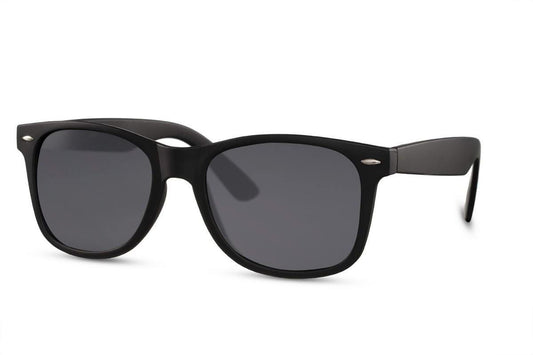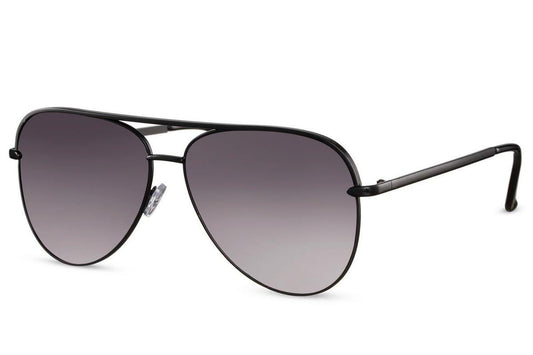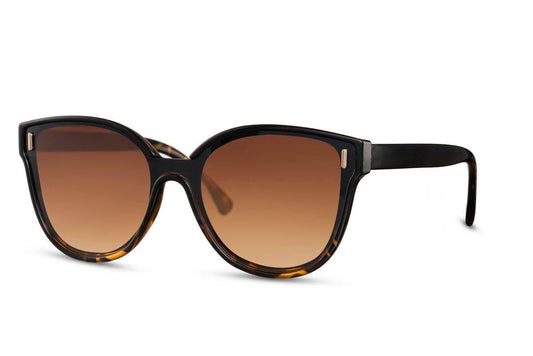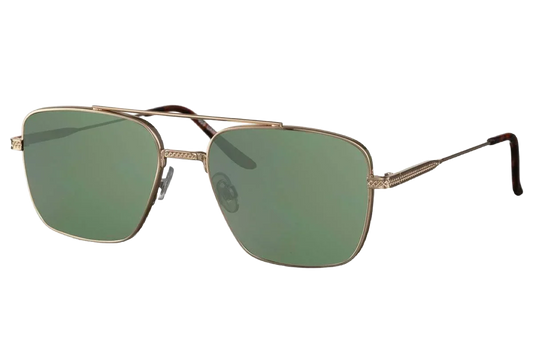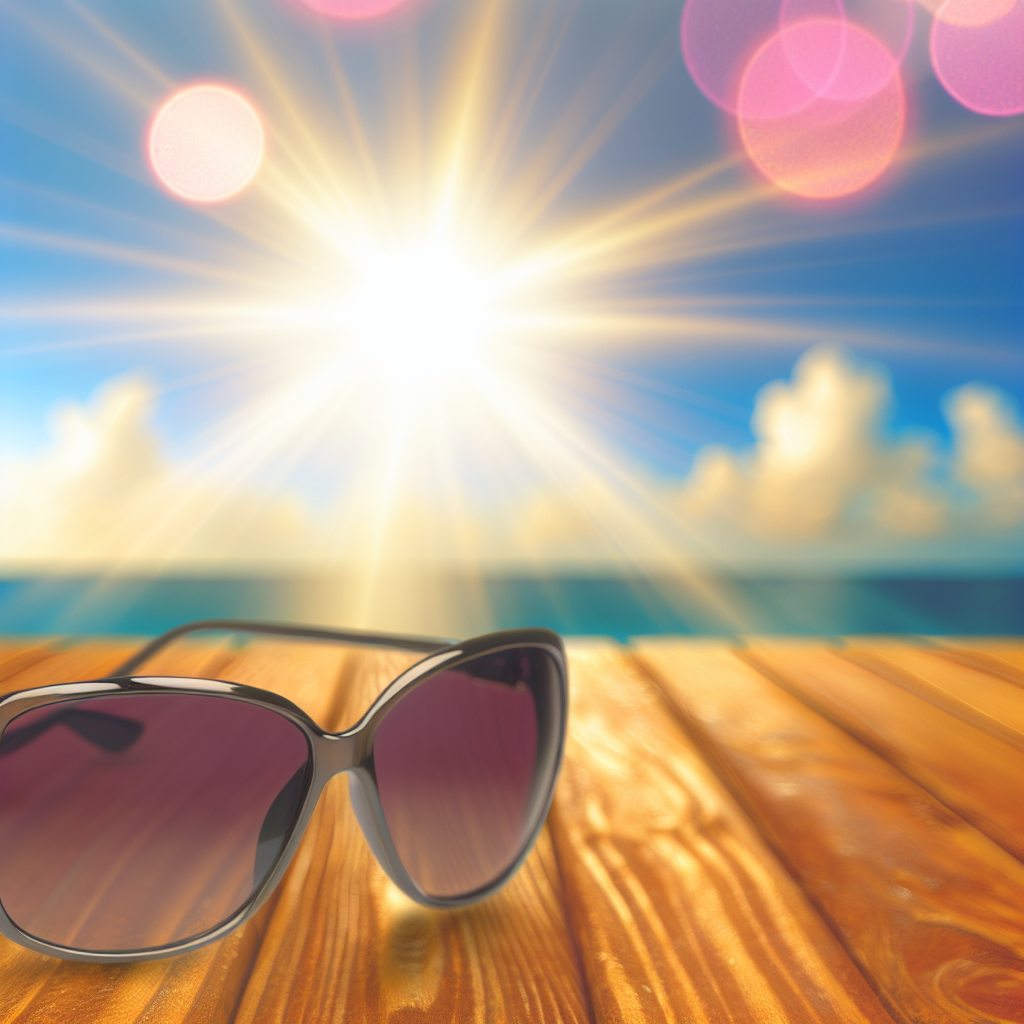
Which sunglasses are best for extreme temperatures?
Share
Protection against UV rays
Sunglasses protect the eyes from harmful UV rays, which becomes especially important in conditions of high sunlight intensity. Sunglasses with polarized lenses reduce glare from reflective surfaces such as water, snow and sand. Make sure that the sunglasses comply with the applicable certifications so that the UV protection is documented.
Materials and design
Extreme temperature conditions can negatively affect materials. Choose sunglasses with temperature-resistant frames that won't expand or become brittle in hot and cold conditions. Modern designs use flexible materials that ensure both a stable fit and long life in varying conditions.
Quality and certification
Invest in sunglasses that have been tested and meet UV protection standards. While cheaper models may be tempting, there is a risk of reduced protection and durability. Prioritize quality for optimal functionality and eye health.
Reader's Questions and Answers
• What UV protection should sunglasses have?
Sunglasses should at least meet official certification requirements for UV protection, which indicates that they filter 100% of UV rays.
• What are the benefits of polarized lenses?
Polarized lenses reduce glare from reflective surfaces, increasing comfort and visibility in bright conditions.
• Why is material choice important for sunglasses in extreme temperatures?
Temperature-resistant materials in the frame ensure a stable fit and prevent damage due to expansion or brittleness at extreme temperatures.
• What factors should be considered in addition to UV protection?
In addition to UV protection, it is important to look at the lens' ability to reduce glare, the robustness of the frame, and whether the sunglasses have been tested under the relevant conditions.


